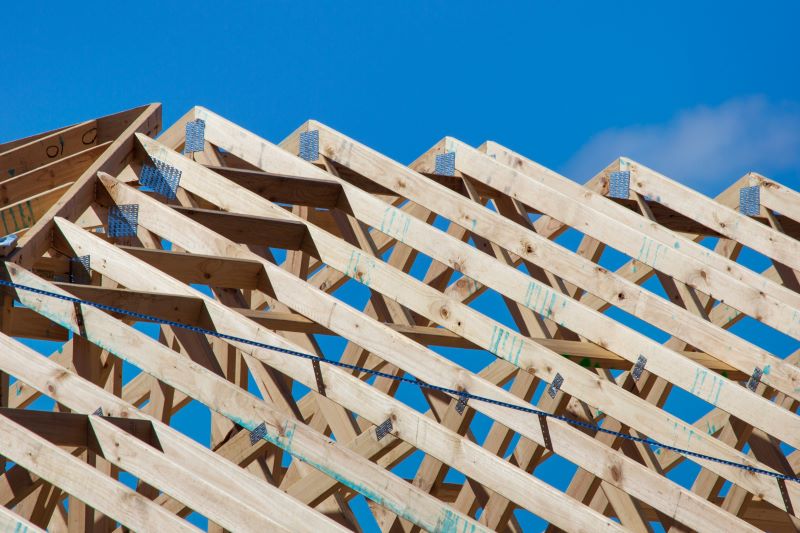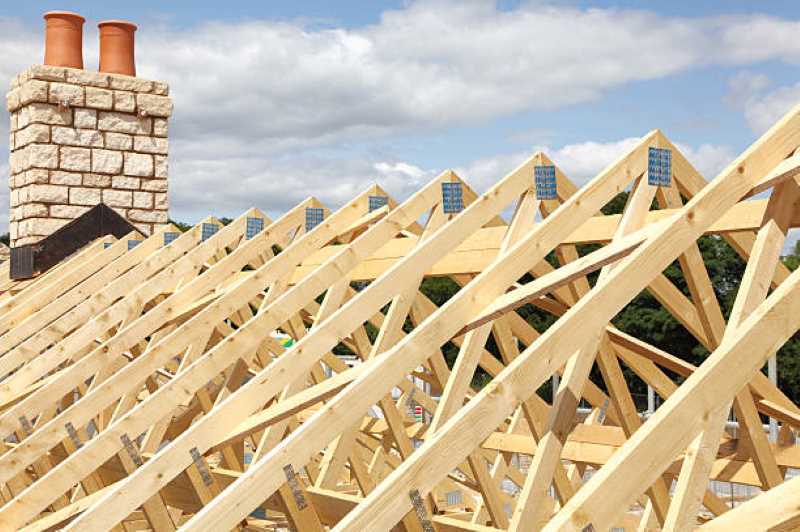How Timber Roof Trusses Are Designed, Manufactured and Delivered
Timber roof trusses are an essential part of any building’s structure. While they may arrive on-site ready for installation, the process leading up to delivery involves careful planning, precise measurements, and strict quality checks. Let’s take a closer look at the main steps involved before trusses reach your building site.
Step 1: Design and Quotation
The process starts when you submit your building drawings to a roof truss fabricator for a quotation. Using advanced engineering software, they design and estimate costs based on your architect’s plans. Several details are crucial at this stage:
-
Roof Shape and Section: Elevation and roof plan drawings indicate the roof shape, while sectional views show the truss type. Most projects use conventional trusses, but higher ceilings or loft-style designs may require specialized trusses. Exposed trusses, often used for aesthetics, demand additional design considerations.
-
Roof Pitch and Covering: These details are usually provided on the plans. If not, the estimator will need the information directly from you. The roof covering has a major impact on the design and cost of the trusses. Changing the covering later is complicated, often requiring the design to be redone.
-
Roof Overhang: This detail is sometimes left out or changed after construction begins. Accurate overhang information is important for both the design and installation.
Step 2: Site Measurement and Final Design
Before trusses are manufactured, a site inspection is carried out to confirm the building matches the drawings. If the structure differs from the approved plans, the trusses may not fit properly.
Once final dimensions are taken, the designer produces job cards for the factory. The trusses are then manufactured and assembled according to specifications. A quality controller checks each truss, focusing on timber grade, connector plate positioning, and overall workmanship. These checks are critical, as errors could compromise the structural integrity of the roof.
Step 3: Delivery, Installation and Inspection
When complete, the trusses are delivered to your site. A roofing contractor or installer will position and secure them according to the roof plan supplied by the fabricator. This plan details truss placement, bracing requirements, and hold-down methods.
It’s important that the installer follows these instructions carefully. Once installed, the trusses must be inspected and signed off by a qualified inspector. If errors are found, the installer will need to make corrections before approval is granted. Only then can roof coverings be fitted. Installing roof coverings on an unapproved or unsafe structure can lead to serious issues and costly rework.
Complete this online form to get a Roof Truss Quote from your local truss manufacturers.

